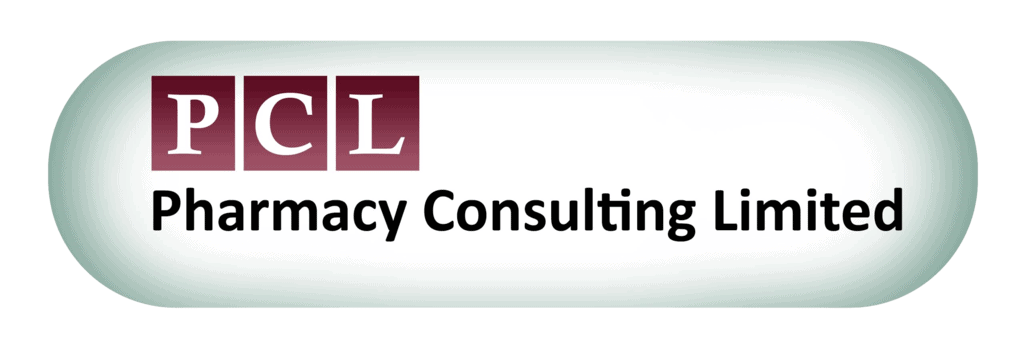Biofilm is a thin but robust community of bacteria, and sometimes other microorganisms. It is made up of a gel-like material known as extracellular polymeric substances, known as EPS for short. The biofilms adhere to an abiotic or biotic solid surface. These surfaces can range from somewhere found within the human body to the inside of a hospital tap. Although we often see bacteria photographed as single cells in the media and in textbooks, this is uncommon. Most bacteria exist within a biofilm, living in a microscopic ‘ecosystem’ which can contain multiple species of bacteria or microbes owing to the different conditions and environments which exist within a single biofilm.
Unfortunately for public health, bacteria which exist within a biofilm, instead of living as single cells, are much more resistant to treatment such as antibiotics. Antibiotic resistance can accumulate 1,000 times faster within a biofilm compared to free living bacterial cells. Studies have shown that as many as 60-70% of bacterial infections in the human body are in fact caused by a biofilm. Some examples of these infections are implant-related infections, chronic wounds and musculoskeletal infections. However, in the last decade, there has been a drive to develop an effective treatment for these tricky microbial colonies. One encouraging treatment is nanomedicine.
Nanomedicine was once considered an idea closer to science-fiction than medicine. However, nowadays nanomedicine is a legitimate option in which nanotechnologies, such as nanoparticles or nanorobots, are used to create synergistic treatments. Nanotechnologies are defined as materials that can be measured using the nanometre scale, which is 1,000 times smaller than a micrometre and 1,000,000 times smaller than a millimetre.
Nanomedicine treatment of biofilm infections is exciting for several reasons. Firstly, the nanomaterials can be used as vehicles for antimicrobials and antibiotics to ensure that the treatment penetrates the biofilm. Conversely, more traditional treatments of a larger size are often unable to penetrate the biofilm EPS. Secondly, the nanomaterials themselves can be used as active substances, not only for transport of other medicines. The nanomaterials can use both laser irradiation and production of toxic oxidative substances to kill the bacteria from within the biofilm. Future investment into nanomedicines will hopefully lead to more effective treatments for bacterial biofilm infections.
For more information, please visit these research articles
https://onlinelibrary.wiley.com/doi/epdf/10.1002/VIW.20200065
